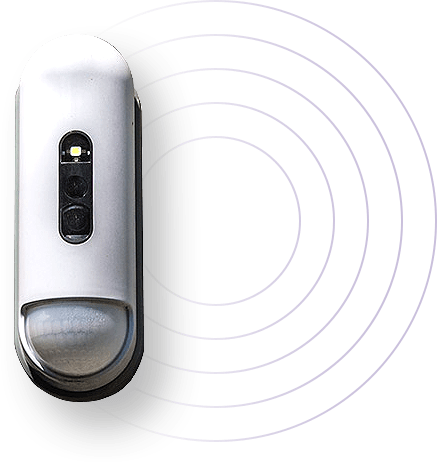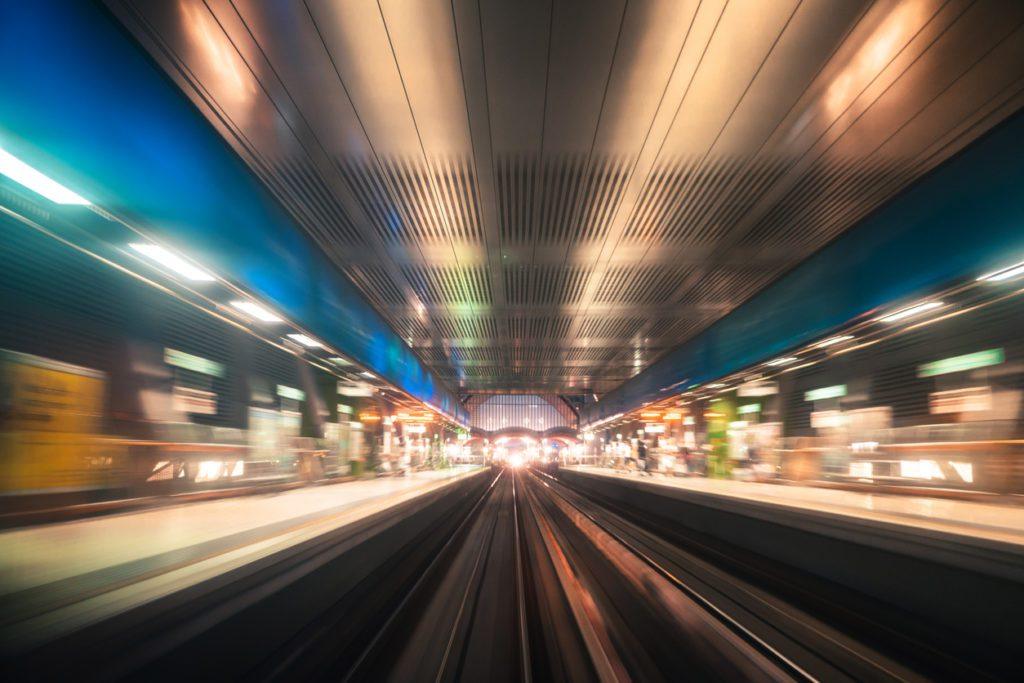With evidence from the Williams Rail Review suggesting a growing trend in customer dissatisfaction in rail services, what role does technology have and how can it impact on improvements?
 It was recently reported that Northern Rail, has been stripped of their franchise due to poor performance and service. Late departure times, overcrowding on trains, an increase in rail fares as well as delays on the delivery of infrastructure projects are just some of the issues causing concern. Similarly, figures from the Williams Rail Review, reflect there’s been a growing trend in passenger dissatisfaction in travel by rail, despite an increase in commuter usage. Totalmobile’s Technology Evangelist, Steve Reynolds, suggests there must be an underlying cause for this and technology definitely has a part to play. In our latest blog, we take a look at what the William’s Review suggests and discover how technology can have a significant impact on improving services within the rail industry.
It was recently reported that Northern Rail, has been stripped of their franchise due to poor performance and service. Late departure times, overcrowding on trains, an increase in rail fares as well as delays on the delivery of infrastructure projects are just some of the issues causing concern. Similarly, figures from the Williams Rail Review, reflect there’s been a growing trend in passenger dissatisfaction in travel by rail, despite an increase in commuter usage. Totalmobile’s Technology Evangelist, Steve Reynolds, suggests there must be an underlying cause for this and technology definitely has a part to play. In our latest blog, we take a look at what the William’s Review suggests and discover how technology can have a significant impact on improving services within the rail industry.
What is the Williams Rail Review and what does it suggest?
The Williams Rail Review was established in September 2018 to recommend the most appropriate organisational and commercial structures so that the railway can deliver greater benefits for passengers and freight users and continue to support a stronger, fairer economy. The Independent Chair of the review, Keith Williams, developed a series of papers raising concerns of what the problems within the rail industry are and how he plans to address them and shape the future of the railway. The insight looks at the role of the railway in Great Britain, its costs and benefits and how trust within the railway is perceived. Furthermore, it also reviews customer experience and engagement and the future advances in technological, social and economic changes.
The Williams Review in numbers suggests:
- Commuters are the single biggest source of demand on the railway, comprising 47% of all rail journeys in England
- Over 55% of rail journeys are made by people commuting for work and education
- 7 billion passenger journeys are made on the network and 17 billion tonnes in kilometres of freight transported
- All transport costs have doubled within the last 20 years
- Despite people with a mobility difficulty making over 3 times as many rail trips in 2017 than in 2017, they still made two thirds fewer trips than people without mobility difficulty
- Passenger satisfaction has greatly improved since 2009, but in 2018 was at its lowest in 10 years
- 48% of passengers agree that the biggest driver of dissatisfaction is how train companies deal with delays
So, what’s the next steps? The review suggests that alongside publishing these evidence papers, Keith Williams will make a series of policy speeches to translate this evidence into initial policy insights, to frame the challenges facing the industry, and set out the approach the review will adopt in developing its solutions. In particular, rail organisations need to include technology as part of their strategy as they’re discovering an increase in passenger usage yet seeing contrasting results in customer satisfaction, this is where technology can help.
Totalmobile’s Steve Reynolds suggests,
“These statistics reflect there are continuously more people wanting to use trains as a form of transport whether for business or leisure but from an infrastructure perspective, there are numerous challenges identified. These include issues such as capacity planning and customer satisfaction issues. It’s evident that investment and innovation in technology is an imperative in improving efficiencies within the rail sector and providing enhanced services to customers.”
 What impact will technology have?
What impact will technology have?
Steve discusses how technology can make a difference:
“Technology can make a significant difference as Train Operating Companies can better manage their infrastructure. Using cloud-based technologies such as smart phones, wearables and IoT sensors can have a huge impact on managing customer expectations, meeting KPIs and ensuring services are fit for purpose. For example, there may be complaints from customers about overcrowding and there not being enough capacity on trains, but this is where technology can help. IoT sensors can provide assistance with occupancy footfall within stations and platforms, as well as give an accurate view of train usage based on time, dates and seasonal influence. Train Operating Companies can then start to make important, informed decisions on capacity planning, whether that’s to put on additional train services, provide more carriages, or improve timetables to cope with demand. Trains are often busy at certain times of the day, therefore if rail organisations know this, they can easily manage expectations. If it comes down to an infrastructure issue for example, at least they’ve got the metrics then to revert back to their business plan that justifies the efficiencies. It’s about having this information that’s important.
Additionally, technology can be used to make sure facilities are fit for purpose such as ensuring the temperature in waiting rooms is sufficient or ensuring washrooms and waste bins are clean and making sure all areas of the stations are safe, gritted and secure. By improving things like cleanliness, temperature monitoring and the condition of assets, customer satisfaction will also improve.
Furthermore, the Williams Review reported an increase in the amount of passengers who use rail services that have mobility and accessibility issues. Communication technology can help platform staff to ensure passengers have easy access to facilities and trains, they can use technology to prepare an access ramp for example for boarding the train or identifying if there is a problem with a lift in advance. Technology can be implemented within lifts and stations to improve communication between platform staff to co-ordinate the movement and assistance of a person. Each of these areas can be dealt with using technology and in particular IoT sensors.”
The Beeching Report

It was recently reported that Transport Secretary Grant Shapps has launched a government fund to help restore historic railway lines closed in the 1960s after the Beeching report. Steve comments on this and how it’s linked to the Williams Review:
“The biggest challenge with this is one that looks at the infrastructure of the railway system we have in place. More people want to use the trains than there’s capacity for on the lines. There’s only a limited number of trains which can be used on the lines, this is a big consideration going forward and backs up what is stated in the Williams review. That is, we need to know how people are using the trains to provide the strategy to implement a new railway network, one which is going to support the community that wants to use it. The Williams review includes a strategy to reinstate some of the lines previously closed.
Technology can provide granular details on how people are using stations and trains which will help the Transport Secretary with his strategy to reinstate some of the railway lines that were taken out of action due to the Beeching cuts.”
Conclusion:
It’s evident that technology does have a part to play in shaping the future of rail organisations and Train Operating Companies should include innovation and investment in technology within their business strategy. Investment in technology can help transport organisations to manage and plan ahead in terms of capacity planning, ensuring compliance standards are met, improving costs and delivering an overall consistent, customer delivery experience. It is through technology that organisations can help prevent such issues that Northern Rail has seen occurring. If you’d like further information on Totalmobile’s services within the Transport sector, visit our website or contact us for further information. Keep an eye out for our next edition, where we will look further into the types of technologies used within the rail industry and how they act as an enabler.







